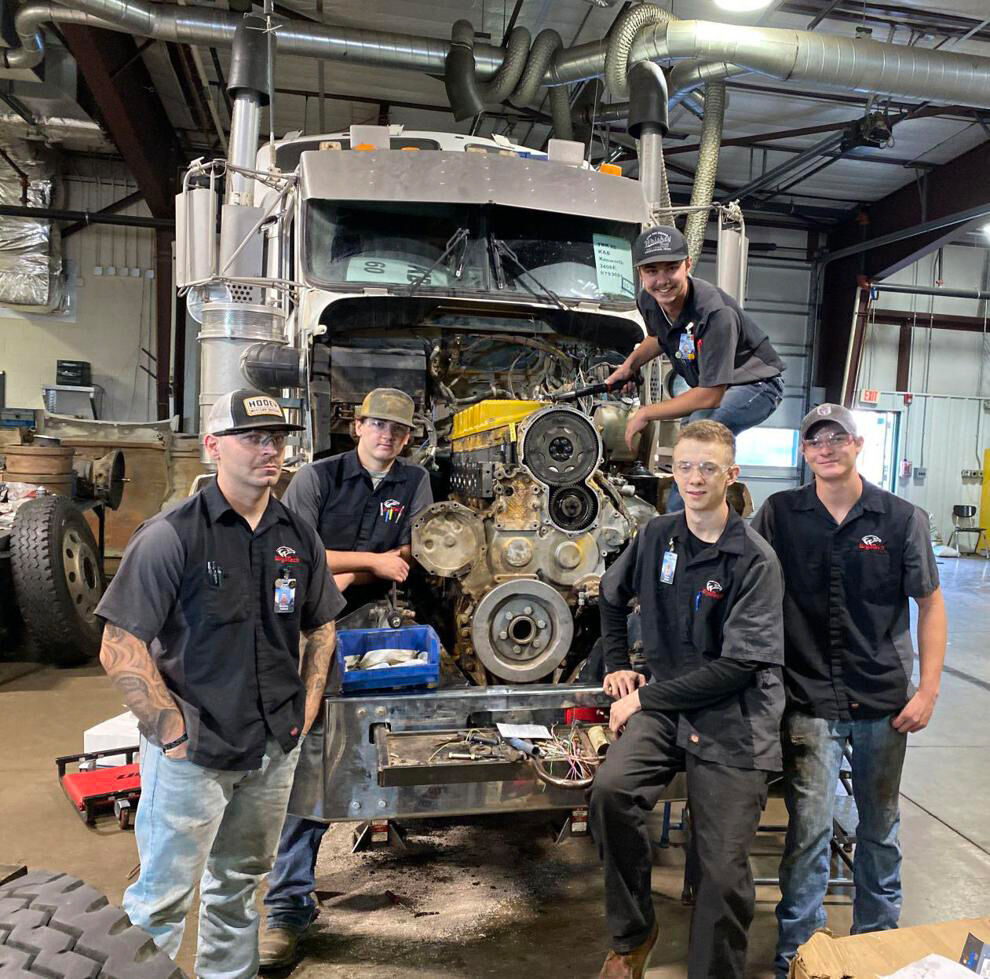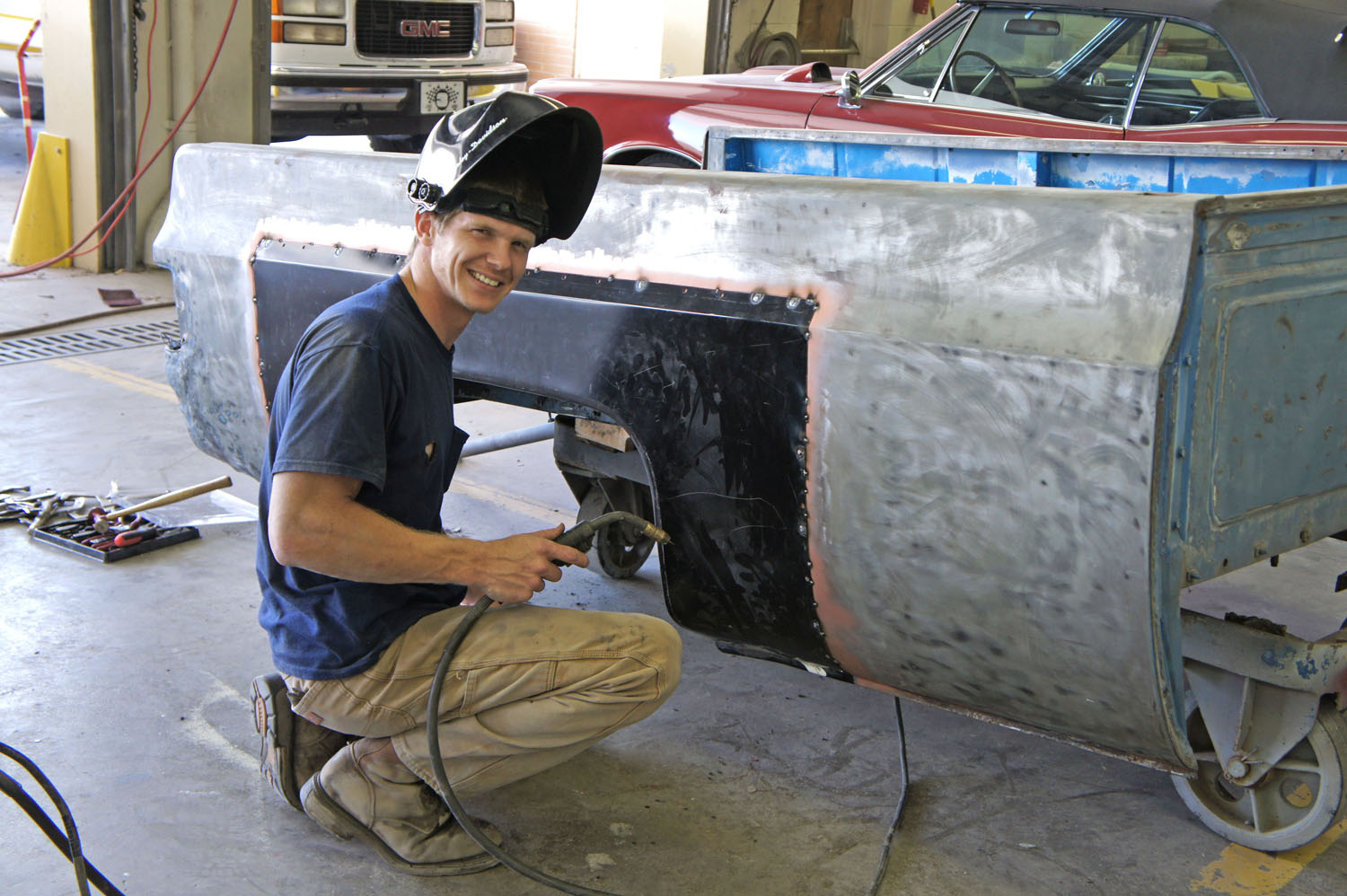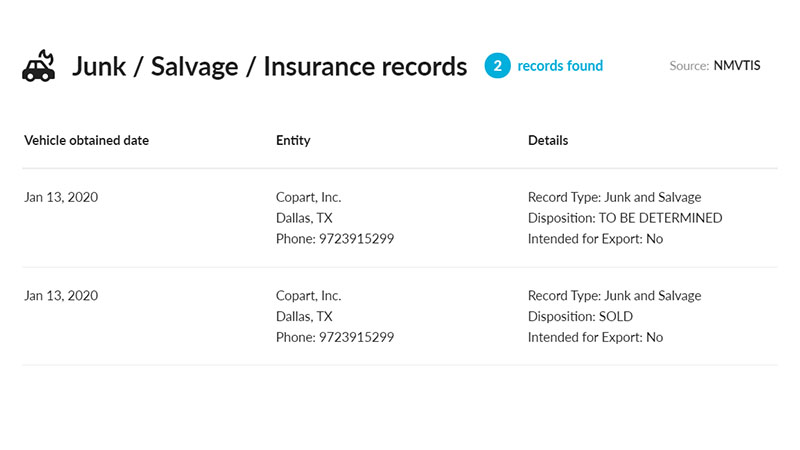
In this article, we'll cover how to change headlight bulbs for halogen and high-intensity discharge (HID) bulbs. We will also discuss how to inspect your headlights in order to verify that they are properly aimed and that the plastic housing is not oxidized. Last, we will cover how to tell if your fuse has blown. If you've followed these steps, your car's headlights should now shine brightly and efficiently.
Replace a halogen or high-intensity discharge (HID) bulb
The halogen halogen light bulb is one the most well-known types of headlight bulb available today. This bulb has been used for decades and is still the most preferred choice by most drivers. In the next few years, however, this technology could be challenged and replaced by more advanced technologies. Let's learn about the different features and how to change a halogen halogen headlight bulb.
Turn off your vehicle first and then remove the headlight fuse. Your vehicle's handbook should provide the appropriate fuse to remove. After you have removed the fuse, it is possible to remove the headlamp bulb. Before you attempt to remove the bulb from the vehicle, ensure that all headlamp covers are removed. Then, twist the bulb from the socket.

Make sure your headlights are directed at the right direction
Before driving, make sure your headlights are aligned properly. Back your vehicle straight away from a wall, and line up the front of your headlights with the aiming wall chart. Next, switch off your light source and check the alignment with the guide. You should be able see any slight differences, or vice versa. If they're too far off or too close, they may blind you and void your insurance.
It can be difficult to aim your headlights correctly. Professional help is a wise decision. It's possible to adjust your headlights manually, but misaligned ones can pose a danger to other drivers and may result in tickets from local authorities. If you aren't sure, ask the dealer for assistance. Many dealerships will inspect your headlights free of charge.
Verify that the plastic housing is not oxidized
One of the most important things you should check when changing your headlight is whether the plastic coating is eroding or has other harm. Although oxidation will not cause permanent damage to the metal, it can affect the appearance. Plastic headlights were not made for style but for strength. The protective film covering the plastic housing can start to wear down, creating blurry or blurred vision.
To clean headlights, start by removing any oxidation that has occurred. You can use abrasive sanding pads or disks to clean the surface. If the oxidation has only been superficial, you may use plastic polish. Use household cleaners and polishes on clear plastic. After the headlights have been cleaned, you can apply automotive polish.

Look for a fuse that is blown.
Check for a blown fuse if your headlights aren't working. The fuse for your lights should be a 15-amp fuse. However, if the fuse is not working, it's worth checking. Sometimes it's simpler to replace the fuse than to replace your headlights. Here's how you can check for a fuse that has blown.
Check for a blown fuses by looking at the fuse box located under the engine, or on the dashboard. These fuses control the high and low beams of the headlight. They are relatively inexpensive and easy to replace. You should ensure that the fuses you use have the exact same color, ampere rate, and contact at their terminals. If the fuses have the exact same color, it is possible that the wiring inside of the headlights is also the same.
FAQ
Is it possible to work as an automotive mechanic?
It is possible. Many garages post their vacancies online. Many people apply simply because they think it might make them feel good. If you want to get your foot in the door, you should try applying for a few places and see if they accept student applications. Alternatively, you could ask friends and family if they know anyone who works in the industry. They may be happy to recommend someone.
What is the difference?
The two are similar but not identical. A mechanic repairs cars and an automotive technician performs maintenance.
A mechanic must have good manual dexterity and be able to perform simple tasks quickly. A mechanic must be able diagnose and fix problems quickly and accurately.
An automotive technician must be more technically proficient than a mechanic. They need to be able use tools such drills and wrenches, and read blueprints.
They should be able safely to perform complex procedures. They must also be familiarized in different types and electrical systems.
They should also be able understand how different parts interact.
The result is that a mechanic often earns less than an auto technician. Both jobs offer many possibilities.
Can I work as an auto mechanic without a degree? Can I study part-time?
Although a degree is not necessary, it can be helpful. Employers are more likely to hire candidates who have completed a complete degree. It shows you are dedicated and have worked hard to achieve your goals.
This doesn't necessarily mean you can't continue to work while studying. Some universities allow students the flexibility to finish coursework during summer vacations and resume their studies later in year. Some universities allow students to take part-time classes throughout the year.
What can I do to fix my car as an hobby?
It's a great hobby to take on if you are passionate about cars. You could repair them yourself, buy parts for them and sell them. Or just have fun with them. If you are looking for something new, this would be a great hobby.
However, it's not easy to turn this into a full-time career. This requires dedication and hard work. You'll also need to invest a lot.
You might not have a compelling reason to get involved in the car industry.
Is automotive mechanic a promising career?
Automotive is an exciting industry filled with opportunities for people who are committed to excellence. It is important to work hard and learn as much from others as you can in order to succeed in this industry.
You'll need to have excellent communication skills because you'll spend most of your time talking to customers and other employees. It is important that you are willing to travel, work long hours and be able to commute.
Consider taking classes at local universities or community colleges if your goal is to pursue a career in the automotive industry. Many schools have programs that are specifically tailored for students who are interested in automotive sales, repair, and customer service.
Mechanical engineering is a good choice if you are interested in pursuing a degree. It's possible to get a bachelor's degree in just four years.
In addition, many companies will hire graduates straight out of school. So it's wise to start looking for employment while you still have the chance to study part-time.
After your education is complete, you will probably need some training in order to become an automotive technician.
This means you'll need to pass exams such as the Automotive Service Excellence (ASE) certification exam. This test covers topics including engine maintenance, brakes, steering systems, suspension, and more.
Once you have passed the ASE Test, you are eligible to apply for a National Institute for Automotive Service Excellence License.
A license allows you to perform repairs on vehicles owned by private individuals. You will be compensated based on how many services you performed.
It is important to remember that not all states require licensing. You will need a license if you want to work in a different state.
Some states don’t issue licenses until a certain amount has been completed. If you are one of these people, you might need to look for another alternative.
What length is an automotive mechanic apprenticeship?
A three-year apprenticeship in automotive mechanics takes. This includes two years at school and two years working as an apprentice. The first year is used to learn all aspects of the trade including safety procedures and theory. You will also learn to use tools efficiently and safely during this period. After you have completed the first year of training, you will be able to spend an additional year on-the job learning different trades. You will have the opportunity for formal training during these years.
The last year of the program is dedicated to gaining certification and qualifications in the field. These include NVQs or National Vocational Qualifications. These are earned after passing exams that cover specific topics in the industry. The HNCs (Higher National Certificates), on the other hand, cover general subjects like customer service and management. City & Guilds certificates offer qualifications in certain trades.
Statistics
- 52% of Mechanics in the United States think their salaries are enough for the cost of living in their area. (indeed.com)
- The U.S. Bureau of Labor Statistics (BLS) reports that the job outlook for automotive service technicians and mechanics is expected to decline by 4% from 2019 to 2029. (indeed.com)
- According to the BLS, the median annual salary for automotive service technicians and mechanics in the United States was $44,050 in May 2020. (uti.edu)
External Links
How To
How to guard yourself against auto mechanic scams
Scamming by auto mechanics is a big problem for consumers. An average car repair bill costs $1,500 annually. This means that there are many people out there who are willing to take advantage of this situation. If you are aware of what to look out for, you can avoid falling for scammers. These tips can help you identify scammers and stop them from stealing your money.
-
Never pay upfront. Paying upfront to someone is a sign of fraud. It is best to ask for payment only after the work has been completed. Call the Better Business Bureau at 1-888-322-8138 to verify that the work is genuine. They'll provide advice and guidance.
-
Ask for references. The best way to ensure that you're dealing with a reputable service provider is to contact previous customers. Online reviews are also a great way to verify the service provider's reputation. It is important to ensure that every business you deal has a positive reputation.
-
Do background checks. You should never hire anyone without doing a background check. Check the BBB website to find out if there have been any complaints. Also, verify that the vehicle's license plate number belongs to the business owner.
-
Do not be afraid to leave. Sometimes, even if the business appears legit, they will try to con you into paying too high. If you feel taken advantage of, don’t hesitate to quit. There are many other businesses that you can choose from.
-
Do not be lured into "free" service. Numerous companies offer free estimates and inspections. These companies will often charge you exorbitant fees later. Before you agree to anything, make sure you ask about any additional fees.
-
Avoid being pressured. If a company offers a great deal, they may think they have the right to charge you less. You should not be forced to buy anything if you find yourself in this situation.
-
Look for quality products. When looking for a repair shop, you want to ensure that they use high-quality parts. You shouldn't use cheap brake pads if you need them. Instead, look for a shop that specializes on brakes.
-
Get multiple quotes. It is important to compare prices across shops. Comparing prices between shops will give you a better chance to find a fair price.
-
Keep records. Keep track of every detail related to your repairs. This includes all receipts, invoices, or warranties. It is also a good idea to keep track of any addresses or phone numbers that you receive.
-
Stay informed